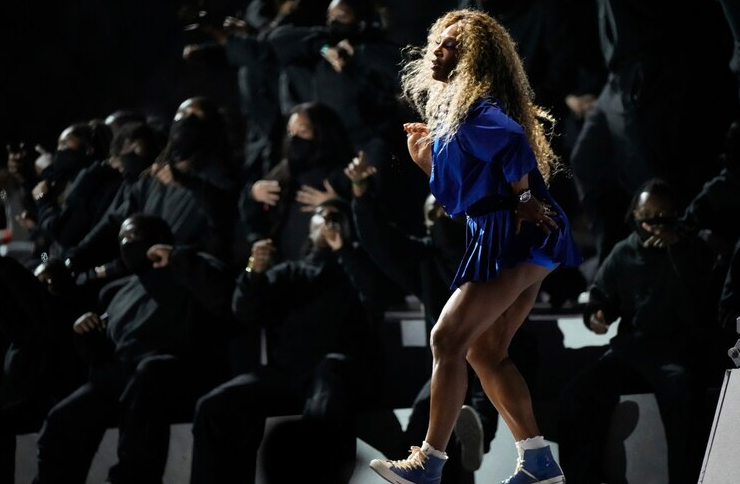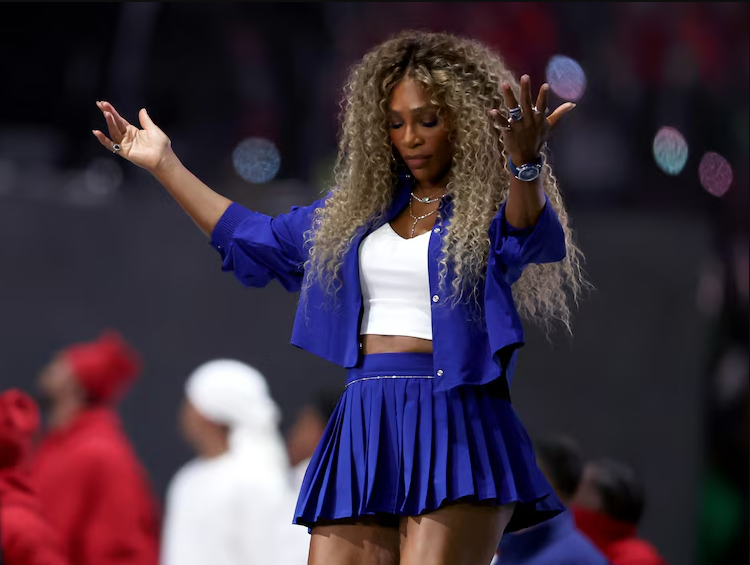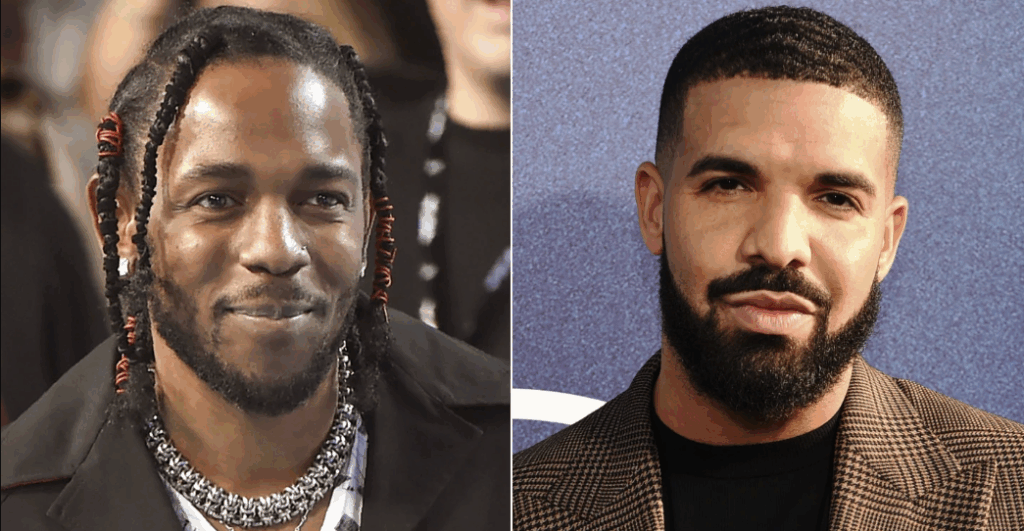February 10, 2025 Kendrick Lamar took the stage at the Super Bowl halftime show, he wasn’t just singing—he was making a statement. In an era where flashy pop acts dominate the halftime spotlight, Lamar turned the entire show into a personal battleground. And let’s just say he won. This wasn’t a flashy, over-the-top show, full of excitement and giant holograms. No. Kendrick’s performance was powerful, and dangerously sharp. He didn’t need all the hype to prove he was the king of the stage. He walked onto the stage and delivered an experience that wowed audiences, critics, and even fellow artists.

Kendrick Lamar’s show wasn’t just a performance; it was a smash hit, and one of his most prominent messages came in his song “Not Like Us.” As the song rippled through the Caesars Superdome, fans knew exactly what was coming. It wasn’t just about the music; it was a subtle and powerful response to his ongoing tension with Drake.
In this song, Kendrick raps about being on a higher level, noting how different he is from his competitors, referencing their differences with caustic lines like, “You ain’t like us.” Many interpreted the song’s lyrics as a direct dig at Drake, especially given their ongoing rivalry.
When the song kicked off, the moment was not only exciting for the audience, but was also heightened by the appearance of the famous tennis legend, who is believed to have had a relationship with Drake in the past _ only made matters worse.


The root of the dispute between Kendrick Lamar and Drake isn’t just about music; it extends beyond that to artistic identity and message. Kendrick sees himself as the guardian of true rap heritage, a poet who blends political depth with art, while Drake is pursuing popularity and stardom, with a blend of rap and emotional tones that lean toward pop. Drake counters that Kendrick’s impact is limited commercially due to his heavy subject matter. This conflict reflects two different visions of what hip-hop should be today.

When Kendrick chose to perform “Not Like Us” at a massive public event like the Superdome, it wasn’t just a musical performance, it was a statement of intent. He wanted to tell the world, “I’m here, and I’m saying what others won’t dare to say.” It was a moment of defiance, demonstrating that their battle isn’t just over the top, but over the shape of the top itself.
Kendrick Lamar’s Super Bowl halftime show was a measured response to years of tension with Drake. By performing “Not Like Us,” Kendrick not only entertained, but made it clear that his position at the top was unquestionable. What’s the problem? It’s still there, but Kendrick doesn’t want to dwell on it. He’s letting his music do the talking. And in the end, that speaks louder than any words.

